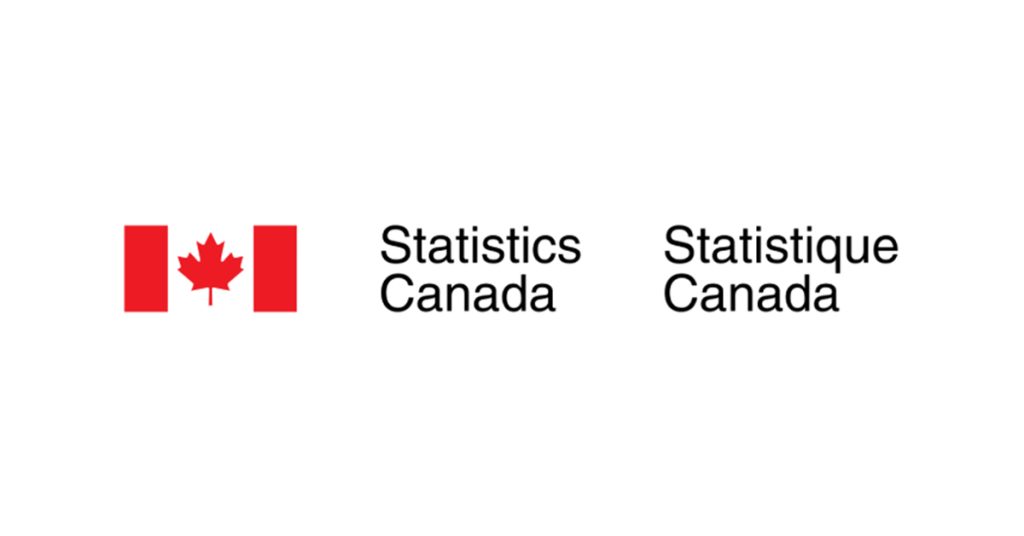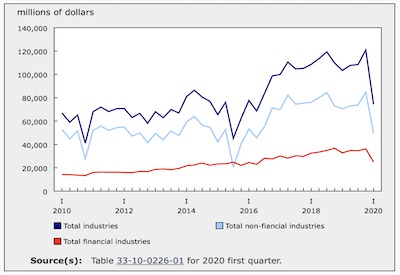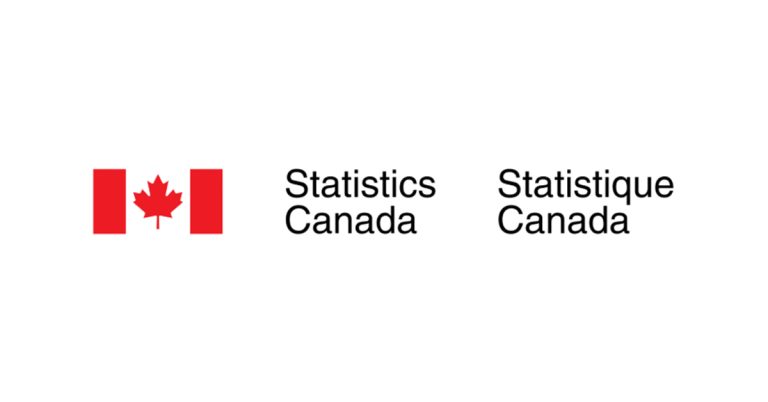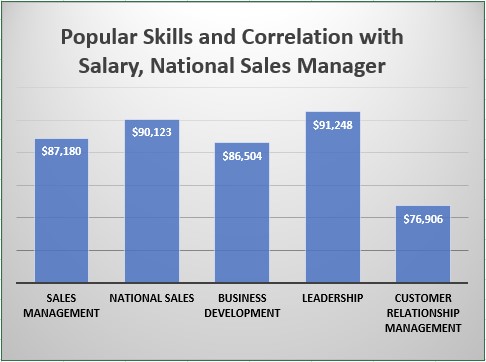Labour Force Survey, June 2025

July 14, 2025
Employment increased by 83,000 (+0.4%) in June and the employment rate rose by 0.1 percentage points to 60.9%. The unemployment rate fell 0.1 percentage points to 6.9%.
Employment rose among core-aged (25 to 54 years old) men (+62,000; +0.8%) and core-aged women (+29,000; +0.4%). There was little employment change among youth and people aged 55 years and older.
There were employment increases in wholesale and retail trade (+34,000; +1.1%), as well as in health care and social assistance (+17,000; +0.6%). Employment declined in agriculture (-6,000; -2.6%) and was little changed in other industries.
Employment increased in Alberta (+30,000; +1.2%), Quebec (+23,000; +0.5%), Ontario (+21,000; +0.3%) and Manitoba (+8,500; +1.2%), while it declined in Newfoundland and Labrador (-3,500; -1.4%) and Nova Scotia (-3,400; -0.6%).
Total hours worked rose 0.5% in June and were up 1.6% compared with 12 months earlier.
Average hourly wages among employees increased 3.2% (+$1.10 to $36.01) on a year-over-year basis in June, following growth of 3.4% in May (not seasonally adjusted).
Employment increases for the first time since January
Employment rose by 83,000 (+0.4%) in June, the first increase since January. Employment growth was concentrated in part-time work (+70,000; +1.8%).
Chart 1
Employment rate rises in June

The employment rate—the proportion of the population aged 15 years and older who are employed—increased by 0.1 percentage points to 60.9% in June. The employment rate had previously recorded a cumulative decline of 0.3 percentage points in March and April and had held steady in May.
The number of employees increased in both the private (+47,000; +0.3%) and public (+23,000; +0.5%) sectors in June, while the number of self-employed workers was little changed.
More core-aged men and women employed
Employment increases in June were concentrated among people in the core working age (25 to 54 years old). For core-aged men, employment increased by 62,000 (+0.8%), more than offsetting the decline in May (-31,000; -0.4%). The employment rate for men in this age group rose 0.6 percentage points to 86.6% in June.
Among core-aged women, employment rose by 29,000 (+0.4%), building on an increase of 42,000 (+0.6%) in May. The employment rate among core-aged women was up 0.2 percentage points to 80.3% in June.
Despite increases in the month, employment rates of both core-aged men and core-aged women were little changed on a year-over-year basis in June.
Infographic 1
Employment rate by age group, June 2025

Unemployment rate ticks down to 6.9%
The unemployment rate fell 0.1 percentage points to 6.9% in June, the first decrease since January. Prior to this decline, the unemployment rate had increased for three consecutive months ending in May 2025, reaching its highest level (7.0%) since September 2016 (excluding 2020 and 2021, during the COVID-19 pandemic).
In June, the unemployment rate among core-aged women fell 0.3 percentage points to 5.4%. Among core-aged men, it was little changed at 6.1%, as the number of job searchers held steady despite the employment gains.
Chart 2
Unemployment rate falls to 6.9% in June

The youth unemployment rate held steady at 14.2% in June and was up 0.7 percentage points on a year-over-year basis. It remained significantly above its pre-pandemic average of 10.8% recorded from 2017 to 2019.
The unemployment rate among people aged 55 years and older was little changed at 5.4% in June and was up slightly (+0.3 percentage points) on a year-over-year basis.
Infographic 2
Unemployment rate by age group, June 2025

Long-term unemployment up, layoff rates hold steady
There were 1.6 million unemployed people in June, little changed in the month but up 128,000 (+9.0%) on a year-over-year basis.
Compared with one year earlier, long-term unemployment was up in June 2025. Over one in five unemployed people (21.8%) had been searching for work for 27 weeks or more in June, an increase from 17.7% in June 2024.
At the same time, the layoff rate in June was virtually unchanged on a year-over-year basis and remained low relative to historical averages outside of recessionary periods. The proportion of people who were employed in May and became unemployed in June as a result of a layoff was 0.5%, similar to the rate observed over the corresponding months in 2024 (0.6%). In comparison, the corresponding layoff rate averaged 0.6% from 2017 to 2019, prior to the pandemic (not seasonally adjusted).
Unemployment rate for returning students rises on a year-over-year basis in June
From May to August, the Labour Force Survey collects labour market information about students who attended school full time in March and who intend to return to school full time in the fall.
In June, the unemployment rate for returning students aged 15 to 24 years was 17.4%, up from 15.8% in June 2024 and up 7.2 percentage points from the record low observed in June 2022 (10.2%), during a tight labour market (not seasonally adjusted). This was the highest unemployment rate for the month of June since 2009 (excluding the pandemic period).
Chart 3
Unemployment rate for returning students, month of June, 1977 to 2025

Prior to June, the summer job season had started slowly in May, when the unemployment rate of young returning students reached 20.1%, comparable with levels last observed in 2009.
Teenagers and older youth alike faced higher unemployment rates in June compared with 12 months earlier. For returning students aged 15 to 16 years, the unemployment rate was up 3.3 percentage points to 27.8%; for those aged 17 to 19 years, it was up 1.8 percentage points to 19.0%, while for those aged 20 to 24 years, it edged up 1.2 percentage points to 12.3%.
More people employed in wholesale and retail trade and in health care and social assistance
Employment in wholesale and retail trade increased by 34,000 (+1.1%) in June, the second consecutive monthly gain. The increase in June was concentrated in retail trade (+38,000; +1.7%). On a year-over-year basis, employment in wholesale and retail trade was up by 84,000 (+2.9%).
Chart 4
Employment change by industry, June 2025

Employment also rose in health care and social assistance (+17,000; +0.6%) in June, the first notable change since December 2024. Compared with 12 months earlier, employment in the industry grew by 78,000 (+2.8%) in June 2025.
Agriculture was the only industry with a notable employment decline (-6,000; -2.6%) in June. On a year-over-year basis, employment in agriculture was little changed.
More people employed in Alberta, Quebec, Ontario and Manitoba
In Alberta, employment rose by 30,000 (+1.2%) in June, driven by full-time work. This marked the second increase in three months in the province. The unemployment rate in Alberta fell 0.6 percentage points to 6.8% in June.
Employment increased in Quebec (+23,000; +0.5%) in June, the second increase in three months. Wholesale and retail trade (+14,000; +2.1%) accounted for the majority of the increase in the month. Despite the employment gain, the unemployment rate in the province rose 0.5 percentage points to 6.3% in June, as more people searched for work.
Employment rose in Ontario (+21,000; +0.3%) in June, following declines totalling 62,000 (-0.8%) in March and April and little change in May. The unemployment rate in Ontario stood at 7.8% in June, little changed from May.
In the Windsor census metropolitan area (CMA), the unemployment rate has increased markedly in recent months amidst trade disruptions in automotive manufacturing industries. The unemployment rate in Windsor was 11.2% in June, the highest among the CMAs. Since January 2025, it has increased 2.1 percentage points (three-month moving averages).
Employment also increased in Manitoba (+8,500; +1.2%) in June, the second gain in three months. The unemployment rate in the province (5.5%) was down 0.4 percentage points in June but was little changed from 12 months earlier.
Meanwhile, employment fell in Newfoundland and Labrador (-3,500; -1.4%) and in Nova Scotia (-3,400; -0.6%). Despite the employment declines, the unemployment rates varied little in both provinces in June (at 9.9% in Newfoundland and Labrador and at 6.7% in Nova Scotia).
Map 1
Unemployment rate by province and territory, June 2025












